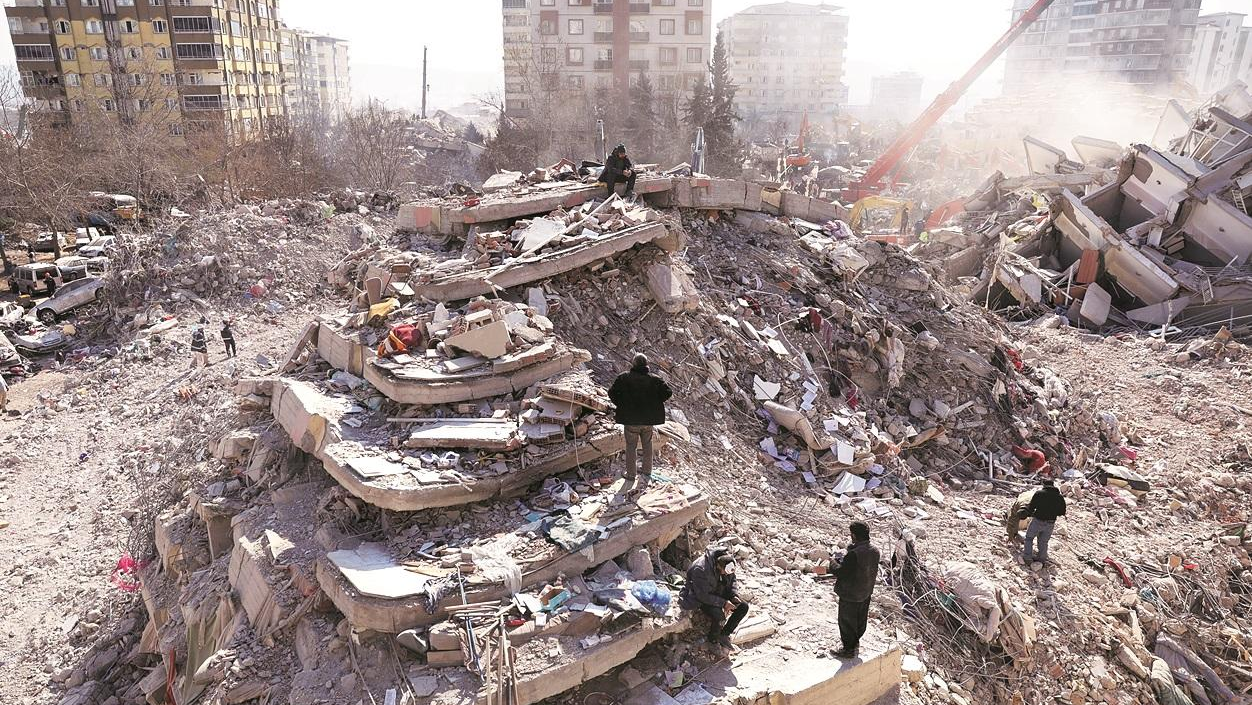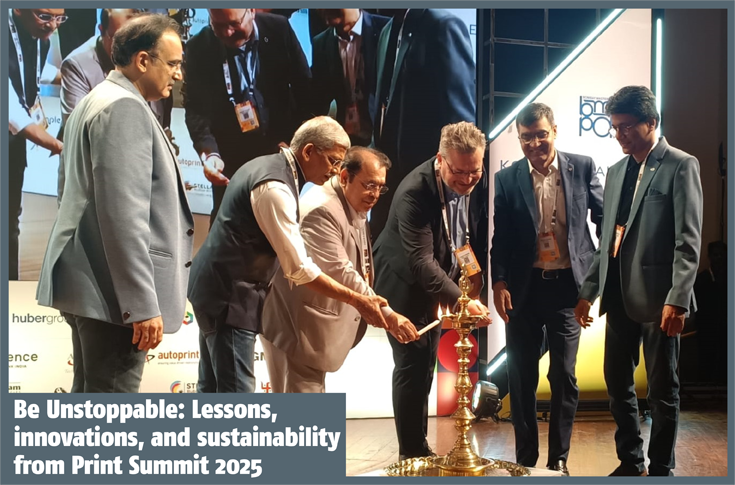Now Reading: How Global Crisis Shaped Unstoppable Resilience in 2025
-
01
How Global Crisis Shaped Unstoppable Resilience in 2025
How Global Crisis Shaped Unstoppable Resilience in 2025

Table of Contents
In every era, humanity has faced crisis. From natural disasters and global conflicts to economic recessions and health pandemics, challenges have tested individuals, communities, and entire nations. Yet, what defines our survival is not the crisis itself but the resilience that follows. In 2025, the concept of crisis and resilience has become more relevant than ever, as the world continues to navigate uncertainty, climate challenges, and social transformations.
Understanding Crisis and Its Impact
A crisis is often sudden, disruptive, and Global overwhelming. It can take many forms: economic collapse, war, political unrest, health emergencies, or even personal tragedies. The COVID-19 pandemic was one of the strongest reminders of how fragile our systems can be. Similarly, ongoing climate change and geopolitical conflicts in different regions have shown how quickly stability can turn into chaos.
The impacts of crisis are not only financial but also social and psychological. Businesses shut down, supply chains break, jobs are lost, and families struggle to adapt. On an emotional level, fear, anxiety, and uncertainty spread quickly, making resilience even more critical for recovery.
What Resilience Really Means
Resilience is more than just bouncing back. Global It is the ability to adapt, rebuild, and even grow stronger in the face of adversity. Resilient communities prepare ahead of time, respond effectively during emergencies, and rebuild smarter afterward. For individuals, resilience means staying hopeful, learning from failures, and finding new opportunities despite setbacks.
Psychologists describe resilience as a skill that can Global be learned. It involves positive thinking, problem-solving, and emotional strength. In a world where crisis is inevitable, resilience has become a vital survival tool for both individuals and societies.
Crisis and Resilience in the Global Economy

The global economy has faced multiple crises in the last two Global decades from the 2008 financial meltdown to the pandemic-induced slowdown. Each time, resilience has been visible in how industries innovated and adapted.
- Technology companies accelerated digital transformation during COVID-19, enabling remote work and virtual communication.
- Small businesses found resilience in e-commerce, connecting directly with customers online.
- Governments learned to introduce emergency support policies faster to stabilize markets.
In 2025, as inflation and supply chain challenges remain, resilience is driving innovation. Startups are finding creative ways to reduce costs, while multinational companies are focusing on sustainable business models to withstand future shocks.
Communities Rising from Crisis
Around the world, communities have demonstrated inspiring resilience. In disaster-hit areas, neighbors come together to share food, shelter, and emotional support. After earthquakes, floods, or wars, local groups often rebuild schools and hospitals faster than official programs.
For example, several regions affected by climate change have adopted resilient farming methods such as hydroponics, solar-powered irrigation, and community seed banks. These efforts not only fight food insecurity but also prepare for future crises.
Grassroots resilience also plays a vital role in mental health. Community-led counseling programs, peer support groups, and educational initiatives help people cope with trauma and stress. These examples prove that resilience is strongest when it is collective, not just individual.
The Role of Technology in Building Resilience
Technology is now one of the most powerful tools for resilience. Artificial intelligence, big data, and predictive analytics help governments and businesses prepare for potential crises. For example:
- AI-powered systems predict natural disasters and alert communities faster.
- Blockchain technology improves transparency in humanitarian aid.
- Remote education platforms keep learning alive during disruptions.
- Telemedicine makes healthcare accessible even during lockdowns or conflicts.
However, technology alone is not enough. Digital resilience requires equal access to the internet, data security, and digital literacy, ensuring that no one is left behind in times of crisis.
Personal Resilience: Lessons for Everyday Life

On an individual level, resilience is a mindset. People who recover faster from crisis often share certain habits:
- Adaptability: Willingness to change plans when necessary.
- Optimism: Staying hopeful despite setbacks.
- Support Systems: Relying on friends, family, and mentors.
- Continuous Learning: Using failures as lessons.
- Self-Care: Prioritizing mental and physical health.
During the pandemic, millions of people discovered new skills, hobbies, or career paths as part of their resilience journey. From starting small businesses at home to pursuing online education, personal growth became a form of resistance against crisis.
Crisis, Resilience, and the Future
Looking ahead, resilience will remain a key factor in how societies manage uncertainty. Climate change, global inequality, and political instability are likely to create new challenges. But the lessons learned from past crises give humanity a roadmap for survival.
Governments are focusing more on resilience planning—whether in building climate-resilient cities, improving healthcare infrastructure, or ensuring food security. Businesses are investing in sustainability and flexible supply chains. Individuals are becoming more aware of mental health and the need for emotional resilience.
Conclusion: The Power of Resilience
Crisis may be unavoidable, but resilience transforms tragedy into opportunity. It helps societies recover, businesses rebuild, and individuals grow stronger. In 2025, resilience is not just a concept but a necessity. The world’s ability to adapt, innovate, and unite will decide how well we navigate the next wave of challenges.
Read More:- Shobha Realty Launches Its Most Luxurious Project Yet—Full Details Inside 2025



















